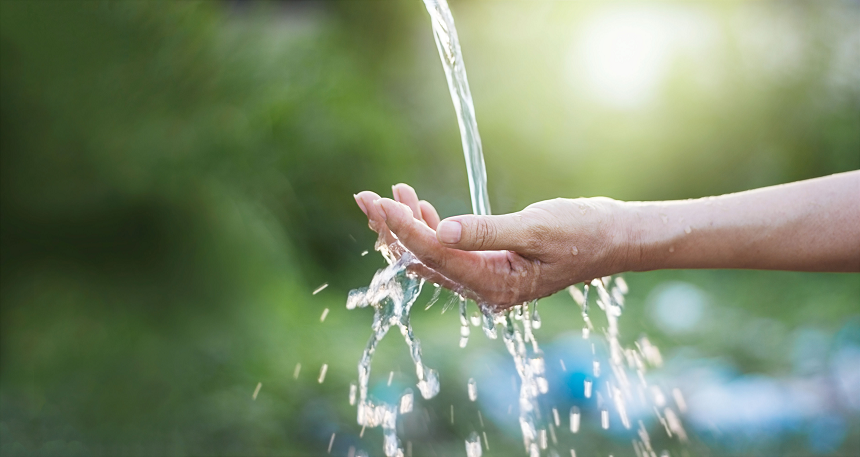Unipd and AcegasApsAmga together in the sustainable management of water resources with the new memorandum of understanding to reduce water waste

On 24 July at Palazzo del Bo, a Memorandum of Understanding was signed between the University of Padua and AcegasApsAmga S.p.A.for the management and monitoring of water resources, with a two-year validity.
It is a document that is in line with Goal 6.4 of the UN’s 2030 Agenda for Sustainable Developmentand is part of the actions identified in the University’s Sustainability Commitments Charter, in which the University commits to better water resource management by defining protocols for saving, recovering and reusing water in its facilities and promoting agreements with the managing body to control consumption.
‘In this context, a dialogue has been active for some time with AcegasApsAmga, the first multi-utility in north-eastern Italy active in environmental services,’ explainedFrancesca da PortoVice-rector for sustainability. With this Protocol, Unipd and AcegasApsAmga are embarking on a path of great value for the environment, committing to monitor and improve efficiency in the use of water resources’.
Specifically, the memorandum provides for the implementation ofprojects aimed at improving the overall management of water resources in the Padua area, particularly in the areas where the University’s facilities and activities are concentrated. This will be achieved by supplying 74upgraded metersto the University by AcegasApsAmga, allowing continuous, hourly and daily monitoring of the water consumption of the main water supplies registered in the University’s name; access to the multi-utility’s‘Consumption Portal’has also been set up, where, through the ‘Telemetering Dashboard’, the University will be able to supervise the bills and costs associated with water supplies.
This will make it easierto identify abnormal consumption and hidden leaks, otherwise the source of large water losses, to understand the rates of consumption attributable to equipment and facilities,to define daily consumption profilesrelated to employees and students attending the buildings, andto design effective interventions to reduce water wastage.
The Protocol is also an opportunity to develop research projects and best practices: for this reason, the FEM Office, Energy Sustainability Sector, has launched aninternship in cooperation with the Master’s Degree Course in Sustainable Chemistry and Technologies for Circular Economy, and a collaboration with the Levi-Cases Centre for Energy Economics and Technology.
‘The goal is to arrive at the calculation of the University’s water footprint and to consequently develop sound ‘water resources management’ practices within an organisation as complex as ours. The University of Padua consumes around 500 litres of water per minute, and we have set ourselves the target of reducing water consumption by at least 3% by 2027. As a university, however, we are able to have a broader impact, both because we can raise the awareness of the student community and the general public through training, dissemination, and information campaigns, and because we now have a consolidated role, with the collaboration of our professors and research centres, in the promotion and dissemination of best practices developed in the university to other bodies and institutions,’ concludes professor da Porto.
‘The University of Padua, with its laboratories and facilities, is one of the main users of water in the city with an average of 230,000 cubic metres per year,’ explainsGiovanni PiccoliDirector of AcegasApsAmga Networks. ’Thanks to this collaboration, not only will the University achieve significant savings in consumption, but a joint and concrete strategy will be implemented to limit losses, raise stakeholder awareness, and protect the water resource, as envisaged by the objectives of the UN 2030 Agenda. Based on the results and the reliability of the data validation system built now on an experimental basis, the opportunity to extend this approach to other stakeholders with similar territorial dimension and water consumption will be evaluated’.
